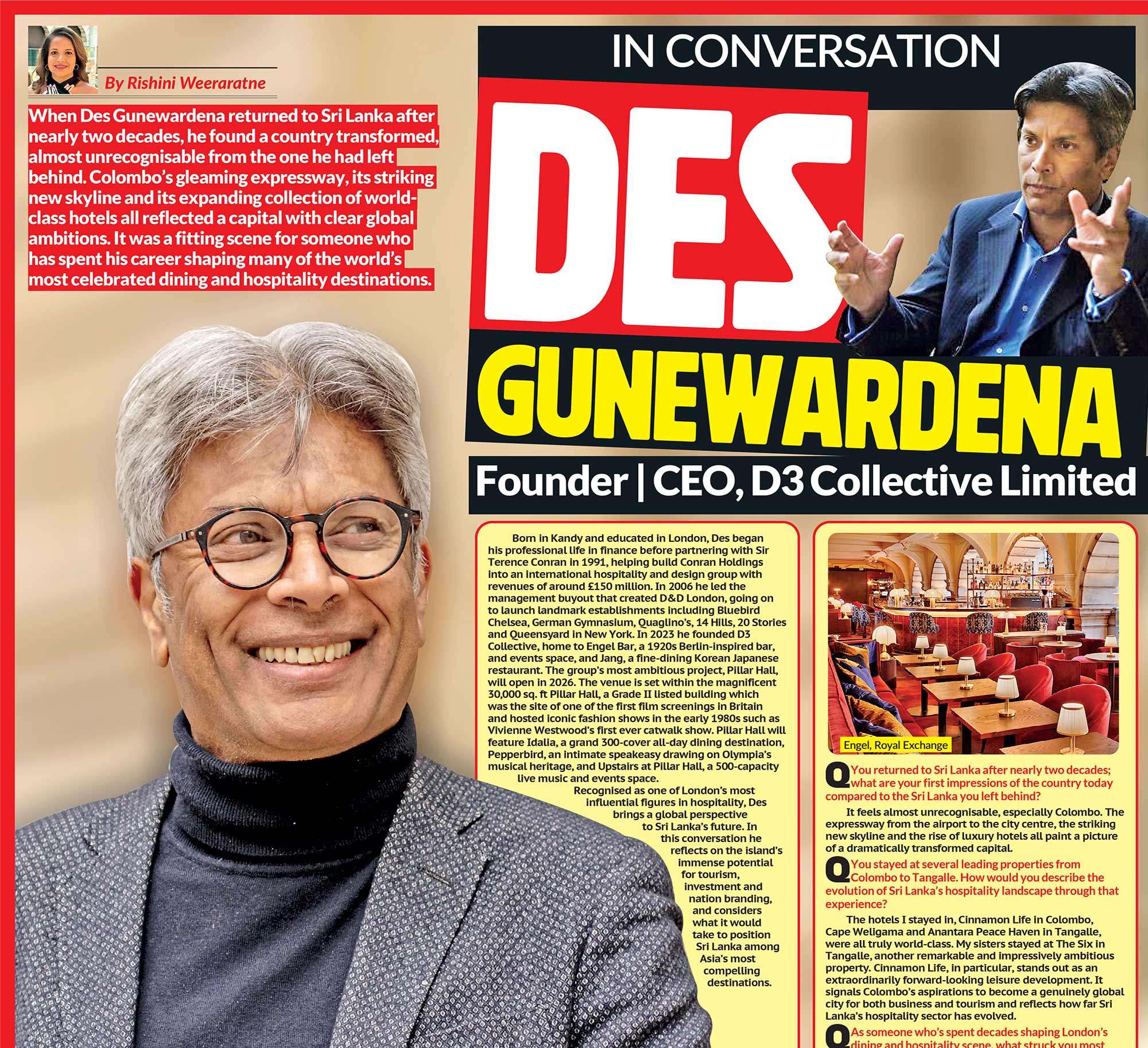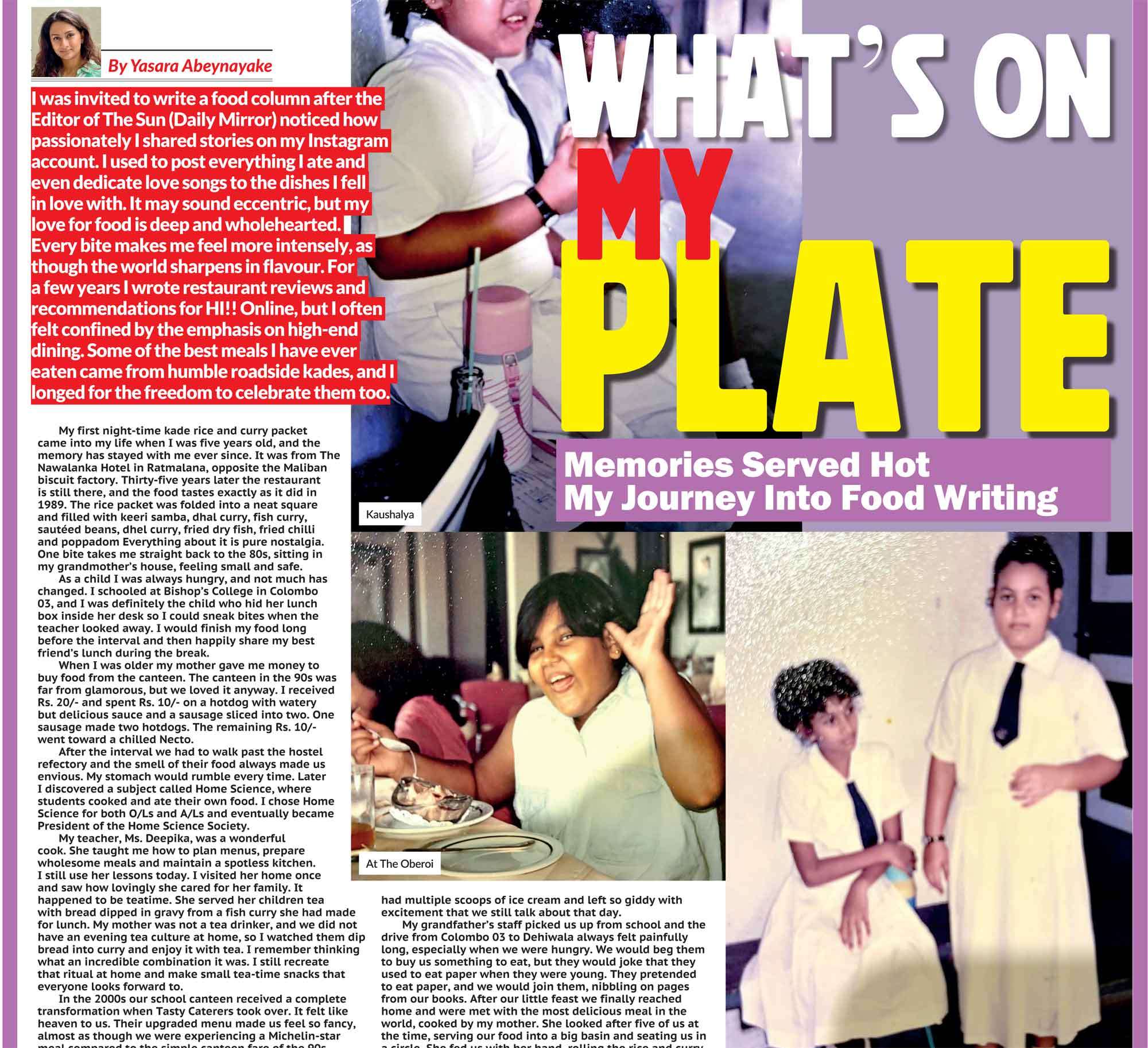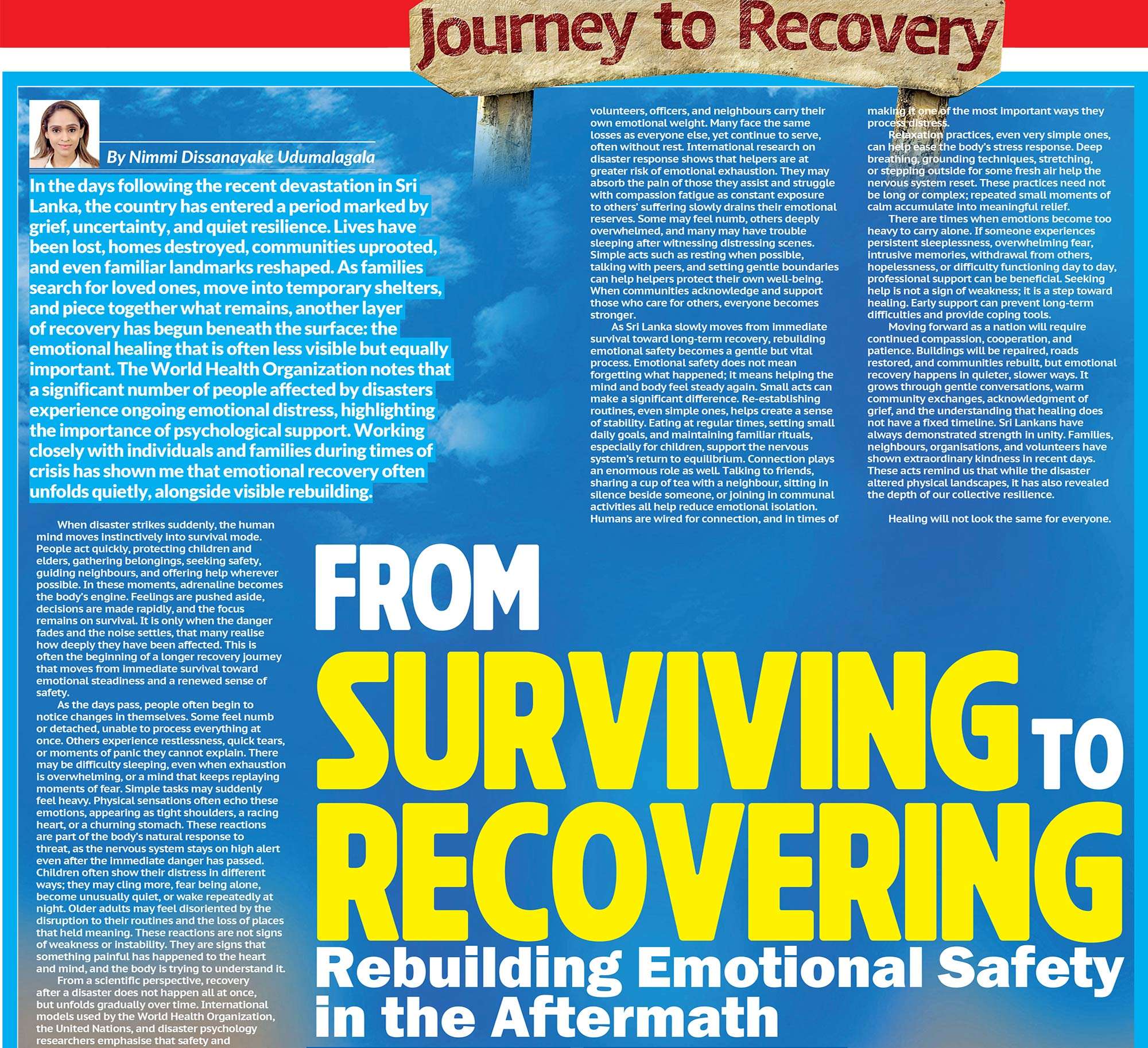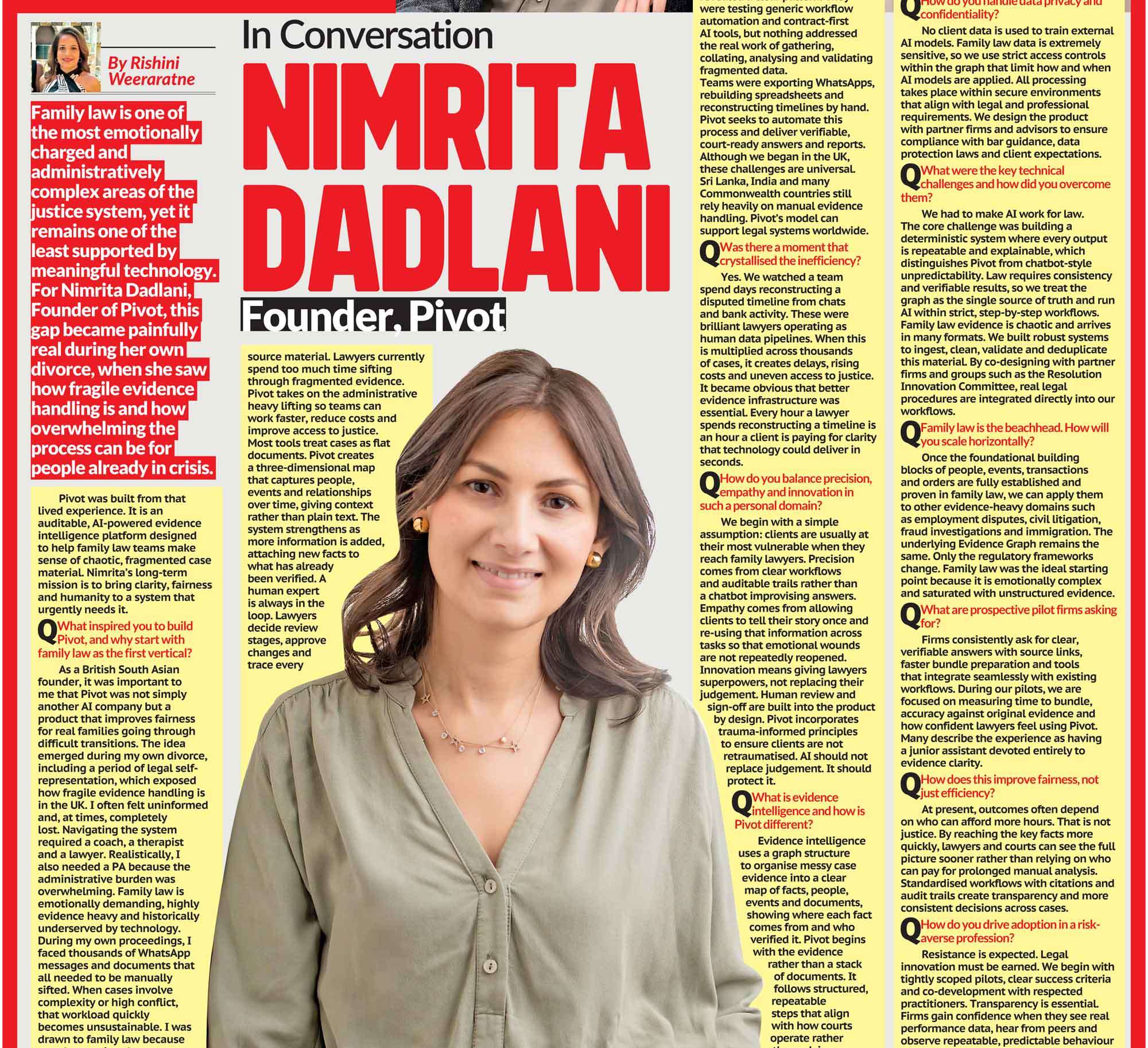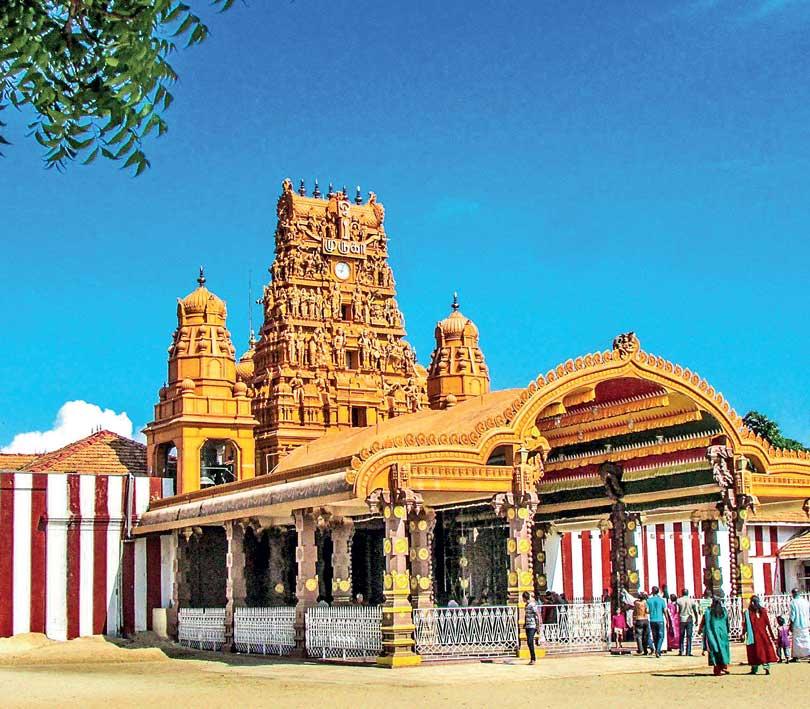
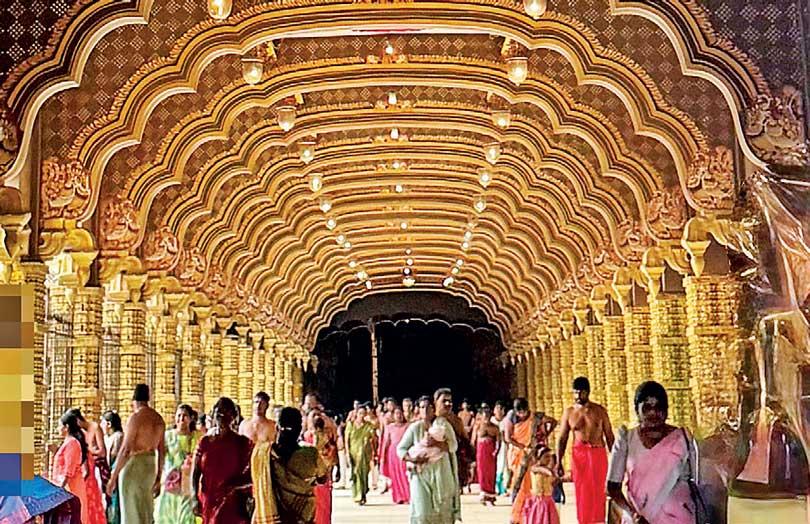
The sprawling complex is architecturally striking. Large ochre-hued gopurams, designed in the Dravidian style, glisten in the sunlight and stand out against the red and white striped walls. Inside the temple, ornate archways line a central courtyard and a sacred tank, while shrines to Lord Murugan and other deities, including his brother Ganesha, complete the complex.
The smell of camphor curls through the air, and the rhythmic beating of drums echoes while rituals unfold. Tens of thousands of devotees flood the temple grounds, clad in brightly coloured sarees and white, gold-trimmed sarongs. The Nallur Festival is not one of moderation; it is a festival of abundance.
During August, Sri Lanka brims with celebration. In the verdant hills of Kandy, the quiet streets come alive with the rhythm of the Esala Perahera. Farther north, Jaffna honours the Nallur Festival, Sri Lanka’s longest-running festival, spanning more than 25 days. Both are displays of devotion and tradition, equally moving in their own ways.
This year, I had the chance to visit Jaffna and experience the festival in all its glory. It was colourful, spiritual, intense, and at times, overwhelming, but above all, awe-inspiring. The festivities end on August 24th, and I urge you to visit either before then or plan ahead for next year, as it truly is an extraordinary experience.
The Nallur Kandaswamy Kovil
To appreciate the festival, you must understand the temple that anchors it. The Nallur Kandaswamy Kovil is one of the most prominent Hindu sites on the island, with roots stretching back to 948 CE. Over the centuries, the temple has been destroyed and rebuilt. According to the Yalpana Vaipava Malai (a historical account of Jaffna written by poet Mayil Vaakanaar in 1736 at the request of the Dutch Governor of Jaffna), the temple was formally established in the 13th century. During this period, Nallur served as the capital of the Jaffna Kingdom, and the royal palace was in proximity to the temple.
Unfortunately, the original temple was destroyed by the Portuguese, who built St. James’ Church in its place. A fragment of the kovil’s original Shivalingam was displayed in the vicarage until it was destroyed in 1995. The structure of the Nallur Kovil we see today was constructed in 1734 CE during Dutch rule. Since then, the temple has undergone various renovations over the years, growing in splendour with each addition.
The sprawling complex is architecturally striking. Large ochre-hued gopurams, designed in the Dravidian style, glisten in the sunlight and stand out against the red and white striped walls. Inside the temple, ornate archways line a central courtyard and a sacred tank, while shrines to Lord Murugan and other deities, including his brother Ganesha, complete the complex.
A Festival of Colourful and Devotion
Known as Mahotsavam, the Nallur Festival honours the presiding deity of the temple, Lord Murugan (Kartikeya, Skanda, and Kataragama deviyo in the south), the god of war. The celebration begins with the Kodietram, the hoisting of the ceremonial flag. A tradition upheld for centuries by a descendant of the Sengunthar Mudaliyar weaver lineage, who brings the handwoven flag to the temple on a chariot. Over the following weeks, rituals such as Abhishekam (ritual bathing of the deity with milk), Yagam (fire offerings), and poojas take place daily. During this period, statues of the Lord Murugan, flanked by his two consorts, are brought out of the temple’s inner sanctum on elaborately decorated palanquins and paraded around the temple complex. These mounts take the shape of sacred animals, each reflecting a unique facet of Murugan’s divine nature.
As the month progresses, the festivities become more vibrant, more moving and more intense. It all comes to a climax on the twenty-third and twenty-fourth days, the Sapparam and the Ther Thiruvila, or chariot procession. On these two days, colossal palanquins are drawn by hundreds of devotees. The Sapparam is one of the country’s tallest mobile structures. As the sun sets, the structure is beautifully lit up. For the Chariot Festival, pilgrims from all across the country, and beyond, come to pay their respects to the deity. You will see devotees prostrate on the floor, roll on the ground till they arrive at the temple or partake in other acts of physical mortification. The festivities draw to a close after the Theertham, a sacred ritual bath, and Murugan’s image returns to the inner sanctum to rest until the following year.
A Sensory Experience
To experience the festival in all its splendour, it requires a willingness to surrender to the moment. The heat is relentless, the sand and stones rough beneath bare feet, and the crowds pressing in on every side. It can feel uncomfortable, but that is precisely the point. This is a festival meant to be felt with the body as much as the spirit. I’ve never experienced anything quite like it before, but I think everyone should at least once.
Yet, despite the intensity, there is contagious joyfulness everywhere. Worshippers crack coconuts in prayer; mothers bless their children with the smoke of holy fire; young girls pose for pictures in their brand-new sarees with flowers in their hair; toddlers run around and play in the sand. All the while, the beating of drums, the chants from loudspeakers, and the flourish of trumpets weave together into what can only be described as the cacophony of devotion. Of course, the deity’s procession is the grand highlight of the event, but it's these small, fleeting moments that make the festival unforgettable.
Beyond the Temple
In the end, the Nallur Festival is more than a religious observance; it is a sensory journey, a living tradition that connects past and present. The festival’s spirit spills out into the streets of Jaffna, its joy impossible to contain. Each evening, after the processions, vendors line the roads with stalls selling street food, sarees, jewellery, and toys. Or the crowds make the pilgrimage to another Jaffna icon, Rio Ice Cream, to cap off the day.
The Nallur Festival embodies resilience and the devotion of generations who have safeguarded it through centuries of change. To witness it is to be immersed in colour, sound, and spirit, and to glimpse the enduring heart of Jaffna itself. As the scent of camphor lingers and the final drumbeat fades, whether you come as a pilgrim or as a curious visitor, festivals like Mahotsavam remind us that these are not just spectacles to be seen, but traditions to be felt, shared, and remembered.



